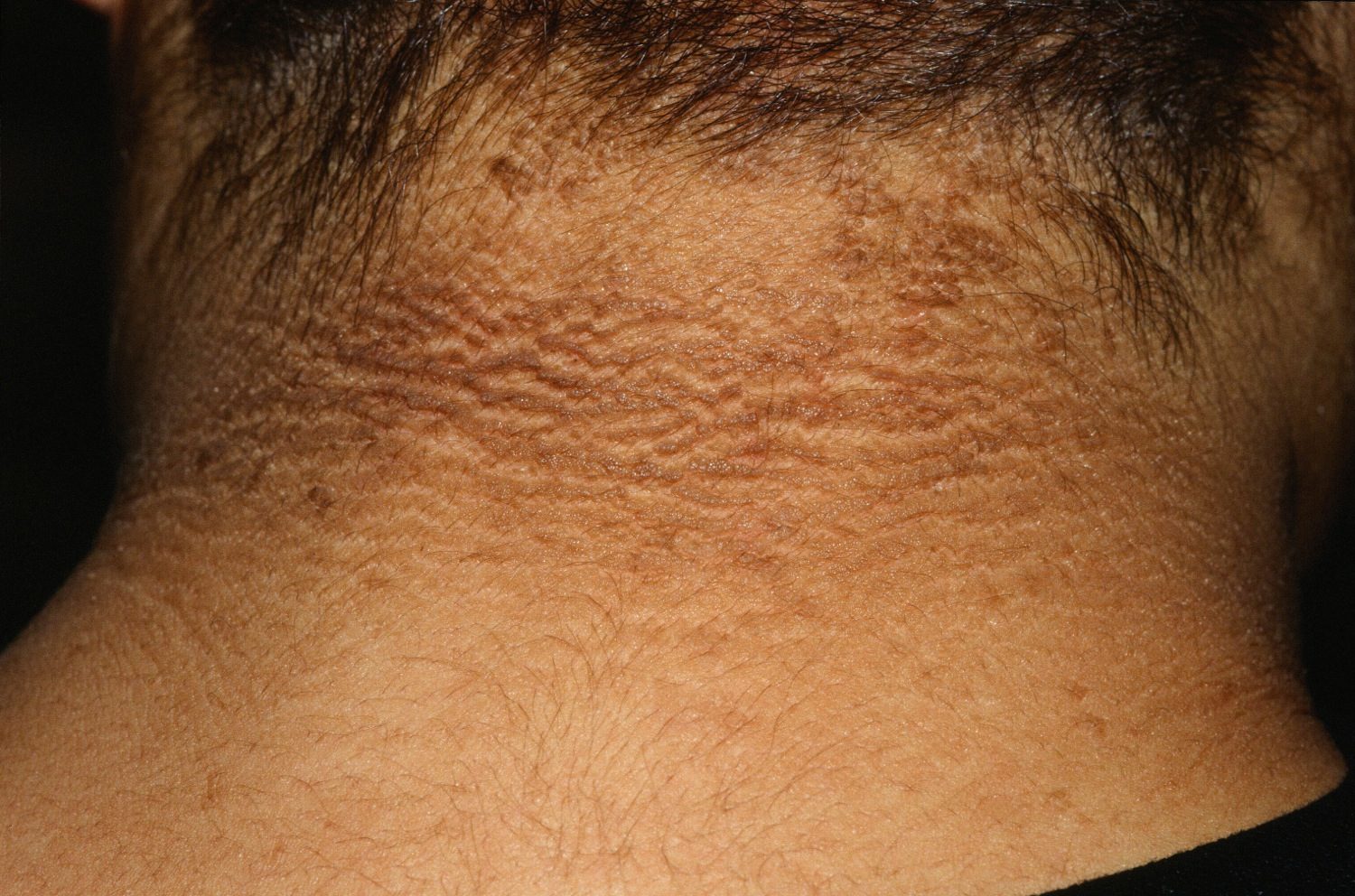OF THE
TIMES
A nation that continues year after year to spend more money on military defense than on programs of social uplift is approaching spiritual doom.
There is a theory that the Voyager 1 & 2 were sent out into space to find and track Planet X. A very recent report says they may well have...
SBCTry transcendental meditation or Raja yoga (yoga of wisdom). Either will teach you how to understand the inner conciousness. The role of the...
Almost all the private wealth of the UK is held by the Grannies and Grandads ,representing the lifetime savings to keep them secure and to pass on...
Considering the level of rationality displayed on Western / EU side lately, I think they will do it anyway. Which only hastens their demise.
(Communications/Transportation Mercury Retrograde in Aries changed to forward motion conjunct the Nodes of Destiny simultaneously with our Scorpio...
To submit an article for publication, see our Submission Guidelines
Reader comments do not necessarily reflect the views of the volunteers, editors, and directors of SOTT.net or the Quantum Future Group.
Some icons on this site were created by: Afterglow, Aha-Soft, AntialiasFactory, artdesigner.lv, Artura, DailyOverview, Everaldo, GraphicsFuel, IconFactory, Iconka, IconShock, Icons-Land, i-love-icons, KDE-look.org, Klukeart, mugenb16, Map Icons Collection, PetshopBoxStudio, VisualPharm, wbeiruti, WebIconset
Powered by PikaJS 🐁 and In·Site
Original content © 2002-2024 by Sott.net/Signs of the Times. See: FAIR USE NOTICE

Comment: It's good to have an early sign of high insulin levels but considering that in most cases, a low carb diet will keep insulin levels low, why wait for symptoms to start to show?
See also: